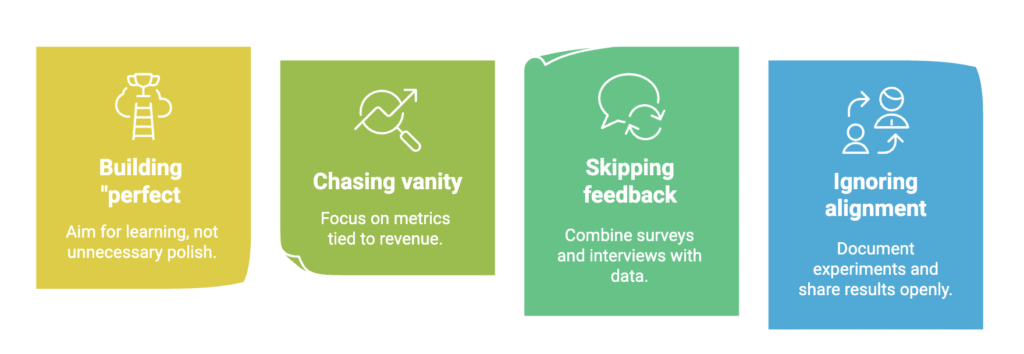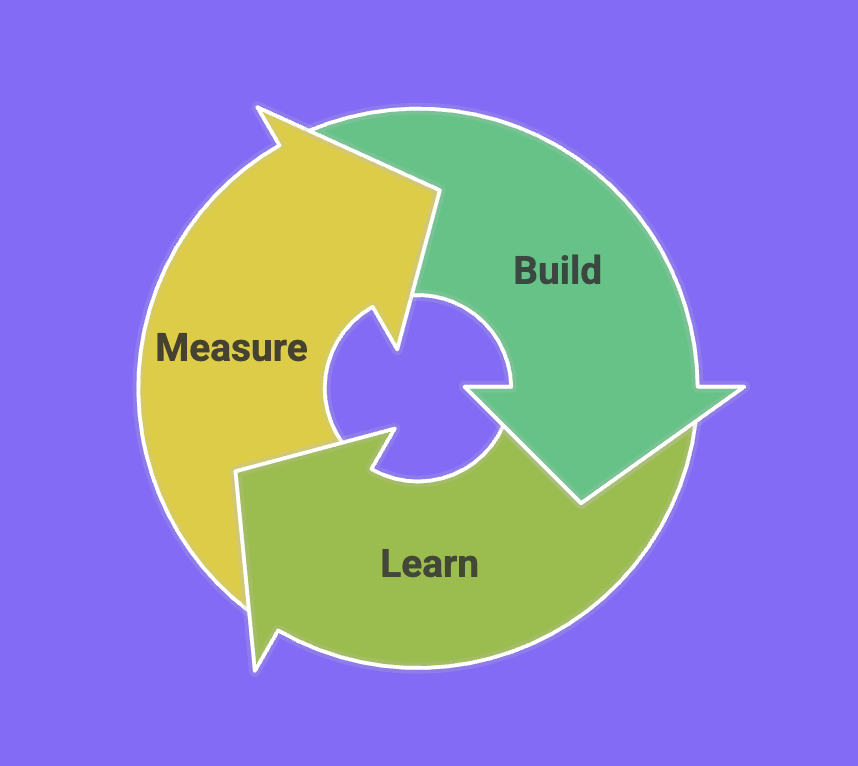Most founders believe success comes from grand vision and hefty budgets. The truth? It often comes from running small, structured tests to uncover real insights fast. The Lean Startup methodology, pioneered by Eric Ries, flips traditional planning on its head. Rather than spending months (or years) building a “perfect” product, lean teams launch a Minimum Viable Product (MVP), measure real customer behavior, learn from it, and iterate. This approach minimizes wasted time and resources critical for startups racing against the clock and dwindling runway.
What Exactly Is a Lean Startup?
A Lean Startup is, at its core, an organization built around validated learning. It rejects the notion of “build first, ask questions later” in favor of a disciplined cycle: build, measure, learn. When you begin with a clear hypothesis “We believe small business owners will pay $9.99 per month for automated invoicing” you design an MVP to test that hypothesis as quickly and inexpensively as possible.
Instead of constructing every feature, you craft only the essentials needed to gather data. You then track meaningful metrics (such as activation and retention) to determine whether to pivot, alter your strategy or persevere by doubling down on what works. This rigorous feedback loop becomes the engine that drives continuous improvement and risk mitigation.
How to Build a Lean Startup
let’s walk through how a lean team might actually work;
First, the founding team convenes to identify its riskiest assumptions. Perhaps they debate who their ideal customer truly is or which problem they solve most urgently. These discussions crystallize into testing hypotheses.
For example, “Twenty percent of freelance designers will subscribe within two weeks of using our prototype.”
Next comes the MVP phase. Armed with no‑code tools or even simple landing pages, the team builds the bare minimum functionality required to gather real feedback. In a matter of days or weeks (not months), they push the prototype live and begin driving traffic, via social channels, email outreach, or targeted ads.
As users interact with the MVP, the team collects both quantitative metrics (conversion rates, session duration) and qualitative feedback (short surveys, user interviews). They scrutinize cohort data to separate fleeting curiosity from genuine interest. If the data validates the hypothesis say, a healthy 25 percent of visitors sign up, they’ll allocate more resources and refine the product. If not, they pivot. Perhaps they target a different segment, adjust pricing, or reframe the value proposition entirely.
Only after several tight build–measure–learn cycles does the startup feel confident enough to scale: expanding marketing channels, automating operations, or seeking growth capital.
Unicorns that Launched with the Lean Method
Three of today’s unicorns began with lean experiments:
- Dropbox didn’t write a single line of production code before gauging demand. The founders created a simple demo video that outlined their vision, posted it to a relevant forum, and watched 70,000 sign‑ups roll in overnight.
- Airbnb started by renting out air mattresses in their own apartment during a local conference. That humble MVP confirmed that people would pay to stay in strangers’ homes before they built a full-fledged platform.
- Zappos, in its early days, simply photographed shoes at local shoe stores and listed them online. By fulfilling orders only after they were placed, the founder validated the market’s willingness to buy shoes sight‑unseen before investing in inventory systems.
Each of these companies used lean experiments to de‑risk major investments and channel their energy toward strategies with proven demand.
What are the Advantages of Using Lean Methodology
Adopting a lean mindset yields several competitive edges. First and foremost, waste is dramatically reduced: you steer clear of building features that nobody values.
Faster time to market follows naturally, your team focuses on the most important experiments, not an ever‑expanding roadmap. Decisions become evidence‑based; guessing gives way to validated insights.
Investors take note of this discipline, too. Demonstrating traction through clear metrics like activation and retention boosts confidence and de‑risks future funding.
Finally, by institutionalizing rapid learning, your startup becomes inherently adaptable. When circumstances shift a new competitor emerges, or user needs evolve, you can pivot quickly rather than being stuck with a monolithic plan.
Actionable Lean Strategies for Startup Founders
Map & Prioritize Assumptions
List your top hypotheses. Who the customer is, which problem you solve, what price they’ll pay and rank them by both risk and potential reward.
Tackle the highest‑risk assumptions first.
Build the Smallest MVP
Always ask, “What’s the least I need to validate this idea?” A one‑page website with a signup form or a simple demo video can suffice.
Define Clear Success Metrics
Choose north‑star metrics tied to growth like paid conversions or retention rates and use cohort and funnel analysis to track genuine progress.
Iterate Rapidly
Adopt continuous deployment. Release small changes weekly and run A/B tests on messaging or pricing.
Schedule Learning Reviews
Hold weekly or biweekly meetings to review each experiment’s outcomes. Share findings openly across engineering, marketing, and sales teams.
Plan Explicit Pivot Criteria
Determine in advance when you’ll pivot for instance, “If fewer than 15% of free‑trial users convert after 30 days, we’ll test a new onboarding flow.”
How to Avoid Common Pitfalls
Lean pioneers learn quickly what not to do. Don’t fall into these traps:
- Perfectionism over Progress: Your MVP doesn’t need to be flawless—focus on extracting insights.
- Chasing Vanity Metrics: High download numbers mean little if users don’t engage or pay.
- Neglecting Qualitative Feedback: Data alone can’t reveal user pain points—combine metrics with direct conversations.
- Skipping Documentation: Every experiment deserves clear notes on its setup, results, and next steps.

Embrace the Lean Mindset
Lean isn’t a one‑off tactic, it’s a culture of continuous experimentation, learning, and adaptation.
By focusing on validated learning, minimizing waste, and iterating rapidly, you’ll discover what truly resonates with your customers and unlock sustainable growth. Ready to run your first lean experiment? Start by listing your top three assumptions, sketch out a one‑week MVP plan, and commit to measuring real customer behavior. Then build, measure, learn. Repeat. Your startup’s future depends on it.
